With the human population constantly growing and set to reach 10 billion by 2050, space is becoming increasingly scarce. These little islands prove that anywhere can be inhabited, and show how creative and resilient humans can be.
Some of the islands are cramped little islets tucked away from society that have very few amenities and little or no infrastructure. But others are dense cities that have bustling neighborhoods and thriving economies.
These little islands offer a glimpse into how we might adapt to the demands of overcrowding in the future.
7. Bonacca, Honduras
This small island off the coast of Guanaja is home to some 10,000 people living in some 19 square miles of space.
It works a little differently to most islands, because it’s still considered part of Guanaja. Whilst it’s in fact a cay of its own that isn’t connected to Guanaja, it’s considered one of the bigger island’s towns.
It has been called the ‘Venice of the Caribbean’. This is because of the network of bridges and canals that connect the community even today.
Once a week supply boats loaded with essential amenities and food travel to the little island. Because there are no cars or bikes on the island the goods are distributed around town on flat beds.
6. Malé, Maldives

Male is the capital of the Maldives. The city is built on its own little island, one of the almost 1,200 that make up the Maldives. It is famously known as the world’s smallest national capital in terms of land area.
Covering just 2.2 square miles the island city is home to more than 133,000 people! In order to fit everyone into this crammed city, the streets are narrow and tall apartment blocks were constructed.
There’s everything you’d expect from a capital city in Male. Banks, government buildings, markets, shopping malls, bars, and residential neighborhoods. It’s all just packed a little closer together!
As the city continues growing areas of the surrounding sea are being reclaimed, but with rising sea levels and a battle for space – how much longer will Male be viable for?
5. Santa Cruz del Islote, Colombia

The miniscule Santa Cruz del Islote island in the Gulf of Morrosquillo along Colombia’s Caribbean coast is as big as the Trafalgar Square in London. Two centuries ago it was nothing more than a little cluster of corals that poked out of the water.
Local fishermen from surrounding islands are said to have been attracted to the island because there were no mosquitos there. They built up the island with rocks, garbage, and anything else they could get their hands on.
The island is a haven of tranquility and there’s very little to worry about for the island’s inhabitants other than the increasing lack of space. It’s thought that some 1,000 people live on the mere 12,140 square meters that make up Santa Cruz del Islote.
4. Migingo Island, Kenya
As climate change takes its grips and alters the world’s landscapes, nowhere is this more evident than on Migingo Island. What was once a small rock head poking out of Lake Victoria has now become an entire island.
.
Because the island is surrounded by rich waters riddled with fish, fishermen from both Kenya and Uganda were attracted to the island. After on-going political disputes, it was decided this miniscule territory belonged to Kenya.
Now, it’s estimated that some 131 people (though it could be more) live on the 2,000 square meter Migingo Island. They live in small, makeshift tin huts built side by side.
But don’t be fooled into thinking there’s nothing to do there, there’s a pharmacy, casino of sorts, and even bars on the island!
3. Ap Lei Chau, Hong Kong

This little island found just 150 meters off the southern coast of Hong Kong has just 0.5 square miles of space. Incredibly, a shocking 79,000 inhabitants live on the island, making it one of the most claustrophobic places in the world.
Once belonging to the British Empire following the First Opium War, the island became a part of China again under the 1997 ‘one country, two systems’ policy.
The island is very built up. It’s essentially a cluster of skyscraper tower blocks that are made up of floor after floor of apartment buildings.
There have been some attempts to reduce the population on the island, like a land reclamation project. But today it’s still one of the most densely populated islands on the planet.
2. Caubian Gamay, Philippines
The Philippines archipelago is made up of more than 7,100 islands. This little island often gets overlooked, despite its impressive population density.
The island is found in the turquoise waters of Danajon Bank, the world’s largest double barrier reef.
Found some 13 kilometers away from Bohol, Caubian Gamay is barely bigger than 4 hectares and has a staggering population of 2,249 crammed into just 0.02 square miles. Riddled with colorful metal shacks it is crowded, but still has a tropical island feel to it.
What makes this island especially interesting is the huge contrast between Caubian Gamay to its neighbor island Caubian Daku. Whilst Caubian Gamay is one of the most densely populated places on earth, Caubian Daku is a resort island that has no permanent inhabitants.
1. Caye Sable, Haiti
Situated in the Gulf of Gonave some 30 miles west of Port-au-Prince this little island is just 1,619 square meters in size. Incredibly, in this tiny space that is less than half the size of a soccer field there are some 300 inhabitants!
The island is far from luxurious, and is still plagued by many of the issues that affect Haiti – the world’s poorest country.
Made up of small makeshift shacks, the island doesn’t have any tourist infrastructure but can be visited by boat from the mainland town Petite Anse.
Perhaps the appeal for many is the laid-back lifestyle small island life offers. There are no cars or skyscrapers on the island. Still, it comes at the cost of living in one of the most cramped places on earth.





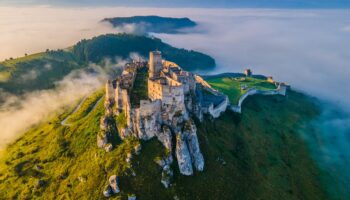

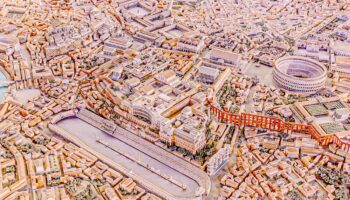
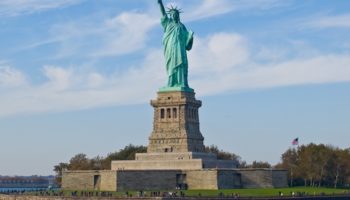
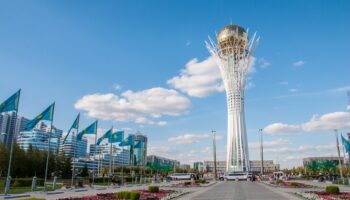

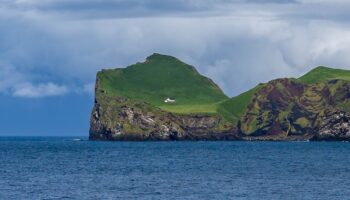
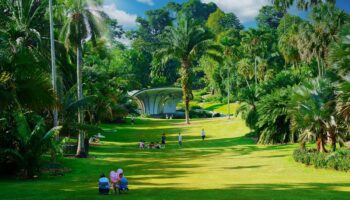

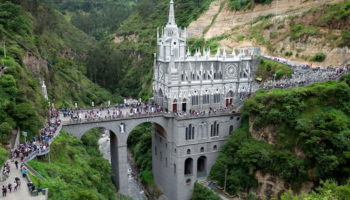


Leave a Reply